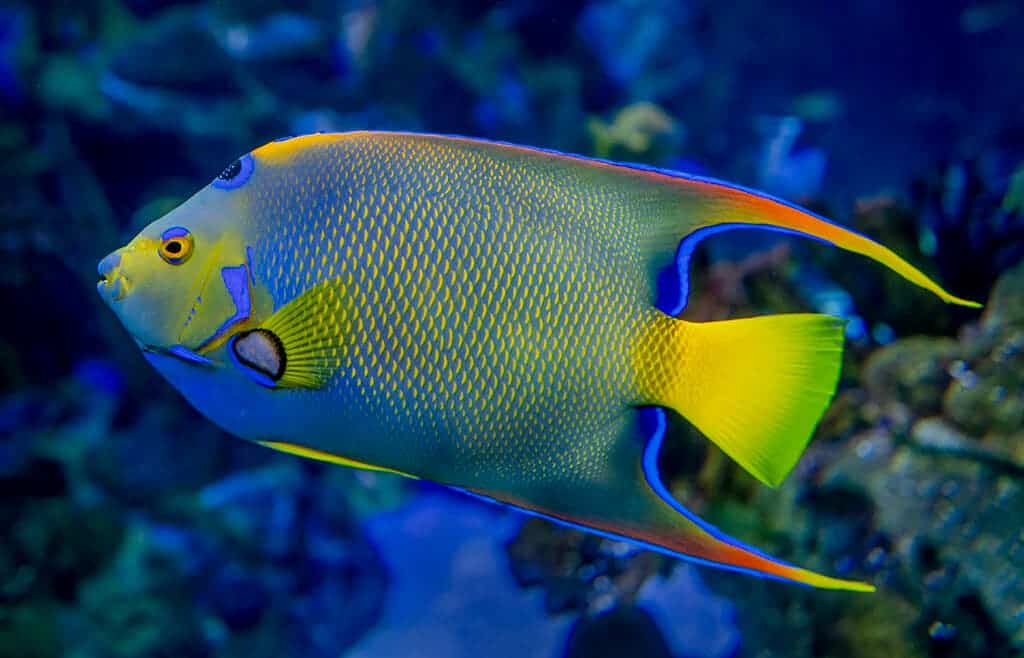The reef fish that people describe as most aesthetically pleasing are in fact the ones that need the least conservation support, while the fish that are ranked as “ugly” are the most endangered species, according to a new study. This difference between aesthetic value and extinction vulnerability could have long-term consequences on biodiversity conservation.

Researchers from the University of Montpellier in France measured the aesthetic value of over 2,400 reef fish (fish that lives near coral reefs). Aesthetic value is one of the most direct emotional links humans can experience with nature but it’s also a poorly studied phenomenon, despite the implications it seems to have for biodiversity conservation.
“There is a need for us to make sure that our ‘natural’ aesthetic biases do not turn into a bias of conservation effort,” Nicolas Mouquet, one of the lead study authors, said in a statement. “Our study highlights likely important mismatches between potential public support for conservation and the species most in need of this support.”
Pretty vs not pretty
The researchers first carried out an online survey in which over 13,000 people rated the aesthetic value of 480 photos of ray-finned reef fish. Then they fed this data into an artificial intelligence system, enabling them to generate predictions for how people would have rated a total of 2,417 of the most commonly known reef fish species.
The combined results showed that the bright, colorful, and round-bodied fish species, such as the queen angelfish (Holacanthus ciliaris) and the striped cowfish (Aracana aurita), were more frequently ranked as “beautiful”. But these are also the “less evolutionary distinct” species, meaning they are genetically similar to other fish.
On the contrary, fish species that ranked lower in the aesthetic rankings and were seen as “uglier” by the public, like the drab fish (Achirus achirus), with no clearly delineated color patterns, were also more ecologically distinct, at a larger ecological risk and listed as “threatened” by the International Union for Conservation of Nature (IUCN).

The problem goes way beyond fish species. Previous studies have found aesthetics are the reason why mammals, fish, and reptiles (vertebrates) receive more conservation focus compared to insects, spiders, and worms (invertebrates). A 2020 study found vertebrates get six times more investment in conservation efforts than invertebrates.
For the researchers, further studies in this area could help researchers anticipate the consequences of species loss and also implement better communication strategies to tackle this issue with policymakers, conservation organizations, and the overall public. They might be “ugly” to the human eye, but we also have to properly protect them.
The study was published in the journal PLOS Biology.


